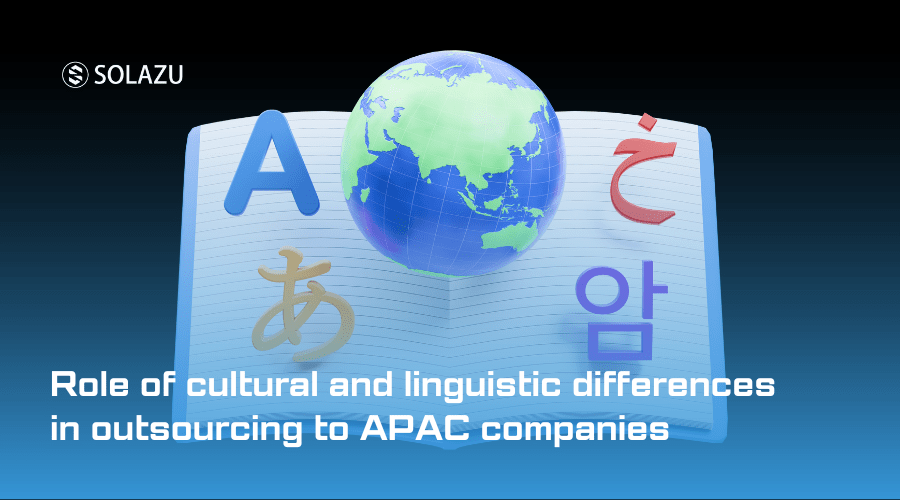Outsourcing software development to Asia-Pacific (APAC) companies has become increasingly popular for businesses looking to leverage cost-effective talent and technology expertise in the region. However, when outsourcing to APAC companies, it is essential to consider the role of cultural and linguistic differences. These factors can have a significant impact on communication, collaboration, and the success of the outsourcing project.
Cultural Differences
Cultural differences are one of the key challenges that businesses face when outsourcing to APAC companies. There are many different cultures, customs, and practices in the region, and understanding and respecting these differences is essential for building successful partnerships.
One of the most important cultural differences to consider is the concept of “face” in Asian cultures. “Face” refers to the concept of social status, reputation, and dignity. In many APAC countries, it is essential to maintain face, and this can impact communication and decision-making. For example, team members may be reluctant to point out mistakes or raise concerns for fear of losing face or causing embarrassment.
Another cultural difference to consider is the importance of hierarchy in many APAC cultures. In some countries, such as Japan and China, there is a strong emphasis on respect for authority and seniority. This can impact communication and decision-making, as junior team members may be hesitant to speak up or challenge the opinions of their seniors.
Linguistic Differences
Language barriers can also pose a significant challenge when outsourcing to APAC companies. English is often the lingua franca of business, but proficiency levels can vary widely, and many team members may speak English as a second language. This can impact communication, especially when it comes to technical terminology or complex concepts.
It is essential to establish clear communication protocols and standards when outsourcing to APAC companies. This can include defining a common language for technical terms, providing clear and concise project requirements, and setting up regular meetings and check-ins to ensure everyone is on the same page.
Strategies for Managing Cultural and Linguistic Differences
To manage cultural and linguistic differences when outsourcing to APAC companies, businesses can take several strategies. One key strategy is to establish a strong communication plan that takes into account cultural differences and language barriers. This can include providing clear instructions and guidelines for communication, using visual aids and other tools to enhance understanding, and scheduling regular check-ins to ensure everyone is on the same page.
Another strategy is to build cultural competency within the outsourcing team. This can include providing training and education on cultural differences, promoting cross-cultural understanding and respect, and encouraging team members to share their perspectives and experiences.
Finally, it is essential to establish a strong partnership with the outsourcing company. This can include building personal relationships with team members, setting up regular face-to-face meetings or video calls, and involving the outsourcing team in decision-making and problem-solving. By building a strong relationship with the outsourcing company, businesses can better understand and navigate cultural and linguistic differences, and ensure a successful outsourcing project.
Conclusion
Cultural and linguistic differences can pose significant challenges when outsourcing software development to APAC companies. However, by understanding and respecting these differences, businesses can leverage the cost-effective talent and technology expertise in the region to achieve success. It is essential to establish a strong communication plan, build cultural competency within the outsourcing team, and establish a strong partnership with the outsourcing company. By taking these strategies, businesses can effectively manage cultural and linguistic differences and ensure a successful outsourcing project.
